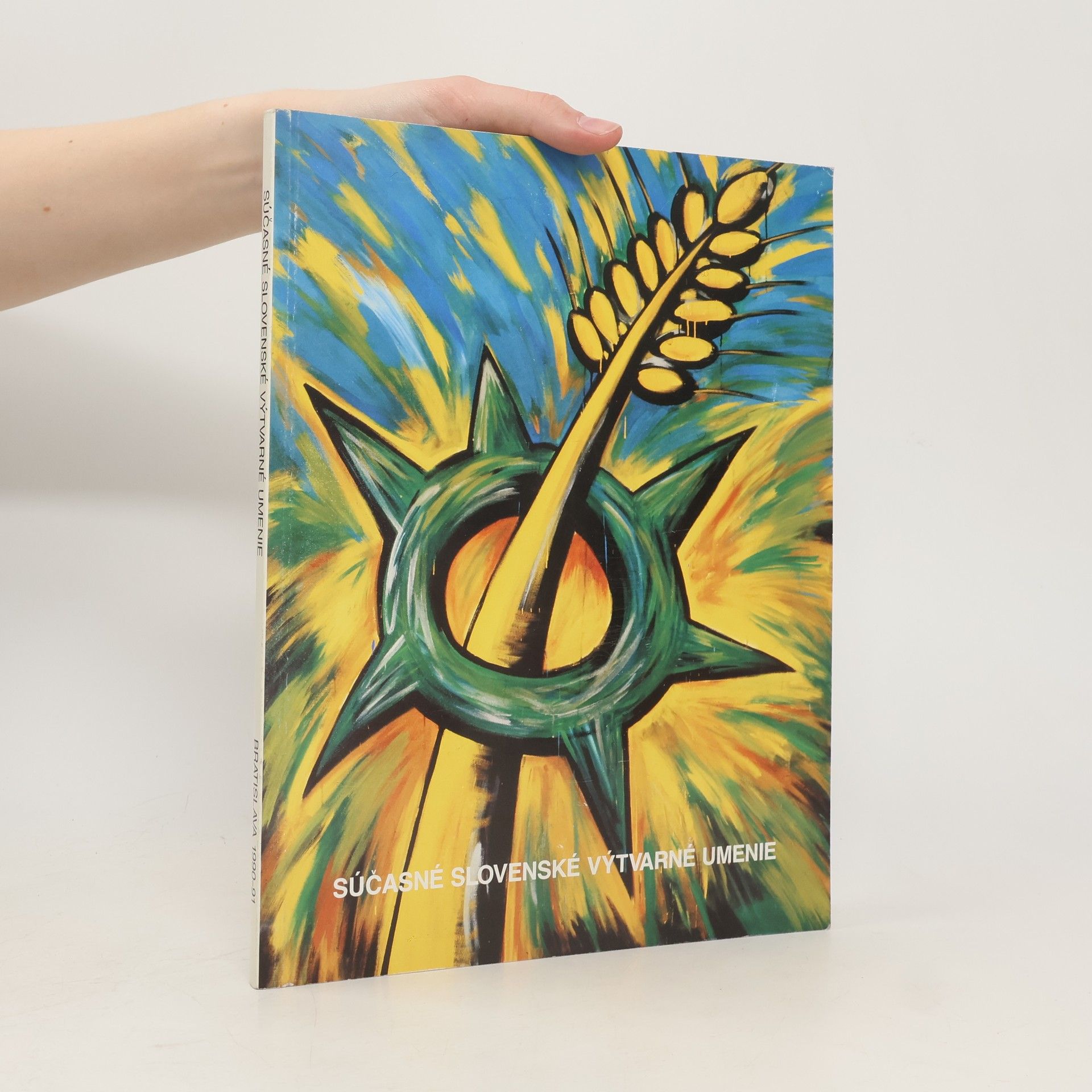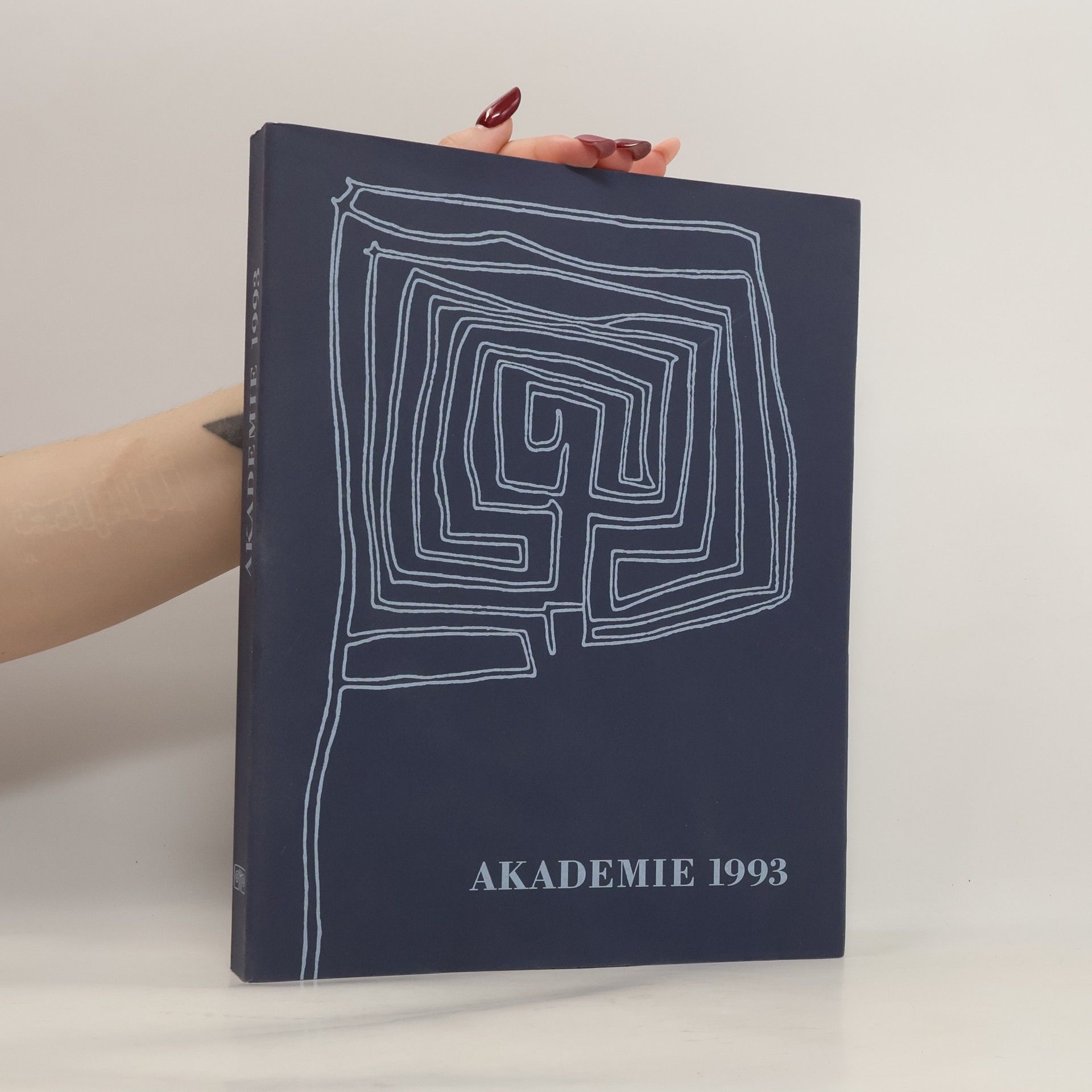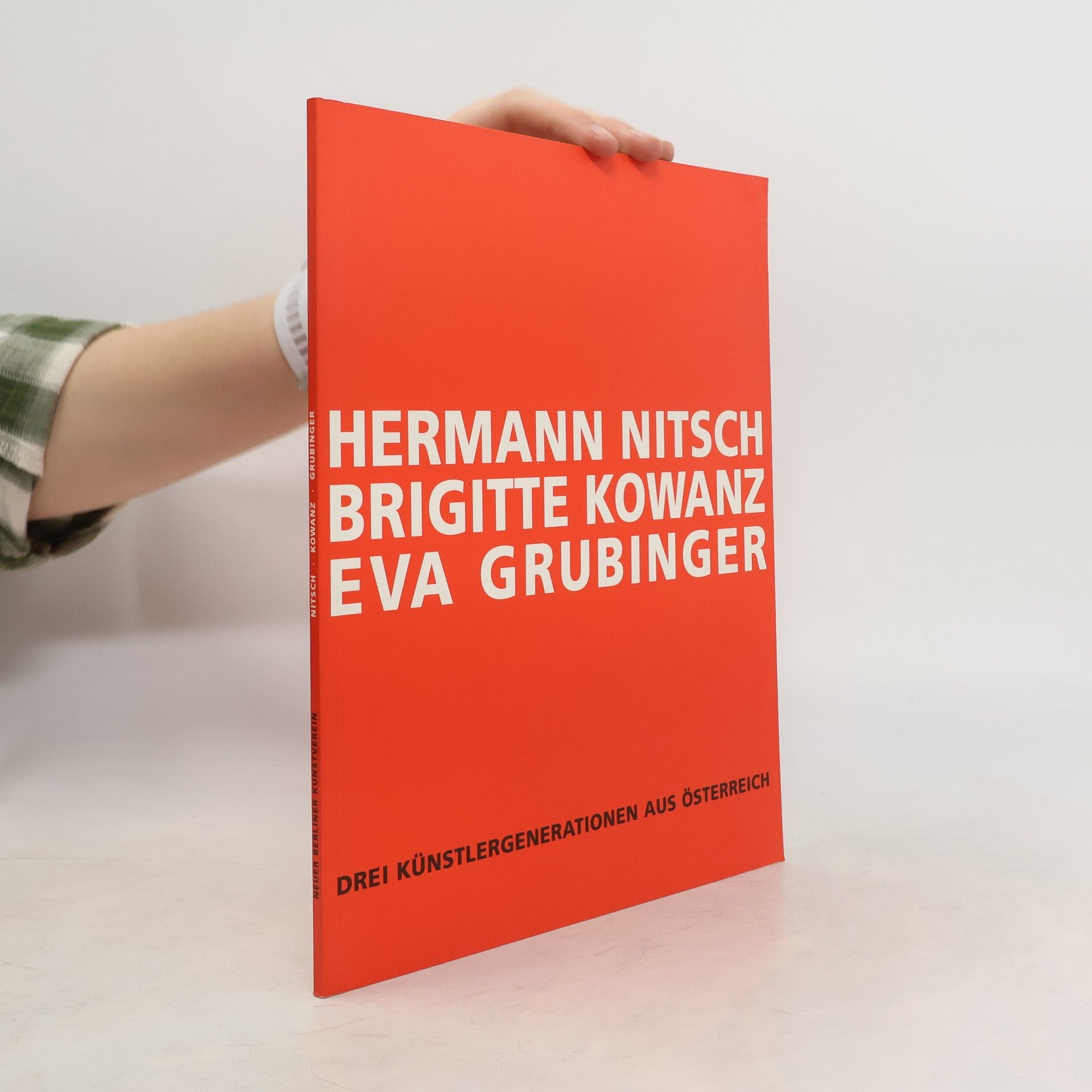Hermann Nitsch, Brigitte Kowanz, Eva Grubinger
- 55 Seiten
- 2 Lesestunden

![1. [Erste] Internationale Foto-Triennale](https://rezised-images.knhbt.cz/1920x1920/48250087.jpg)



This monograph on the work of Bulgarian-born artist Ned Solakov presents a selection of work since the 1990s. Solakov gleans his ingredients for his fictive, often absurd narratives from classical works of art history and deconstructs traditional art historical preconceptions and our expectations.